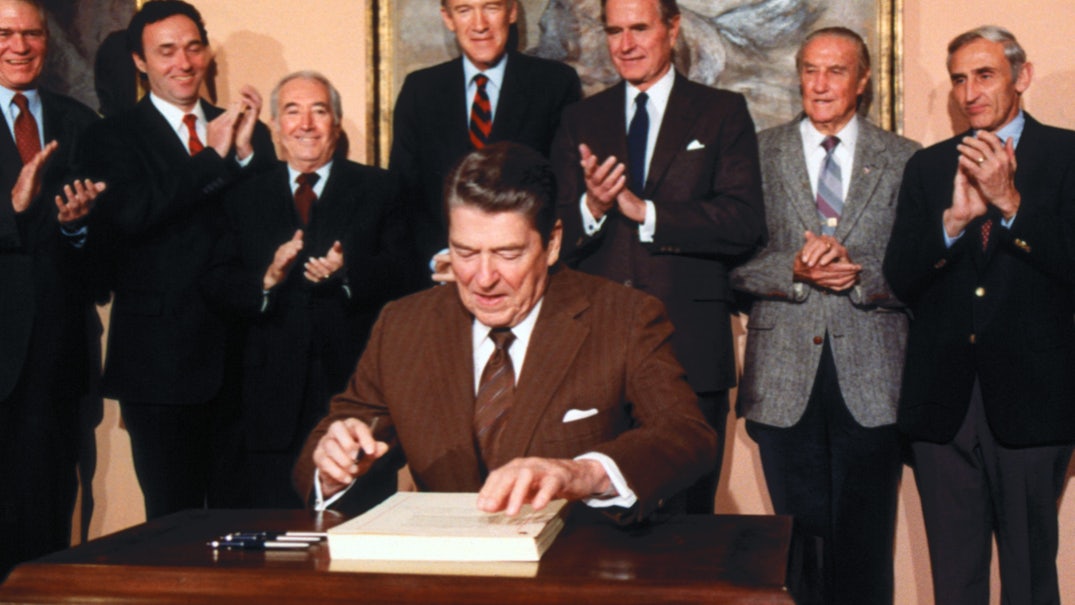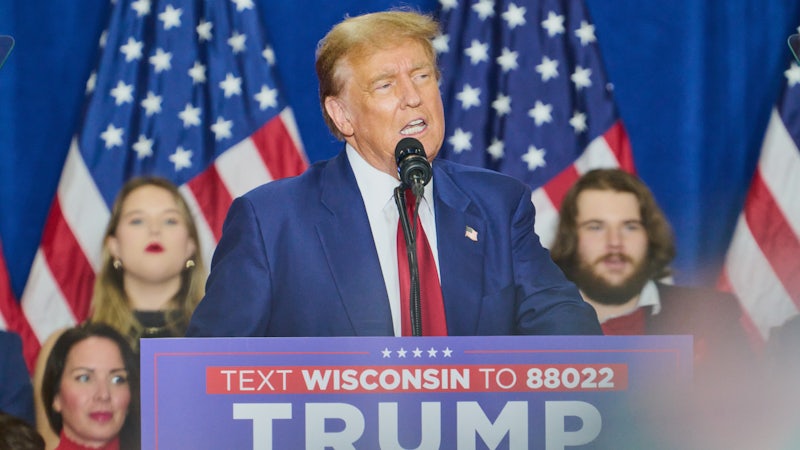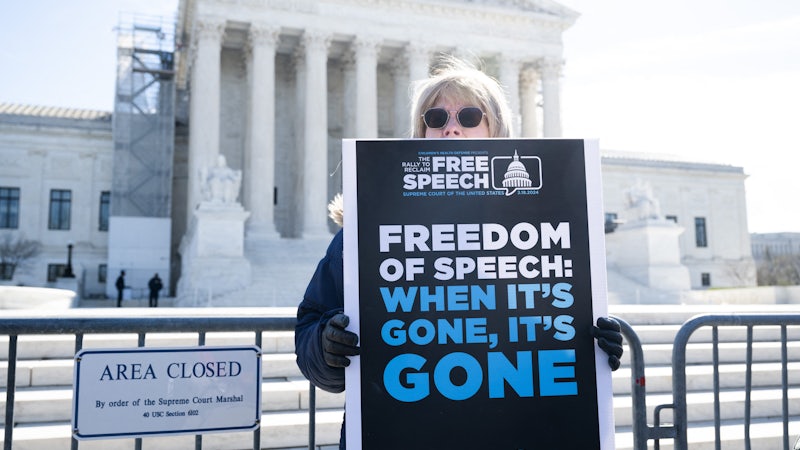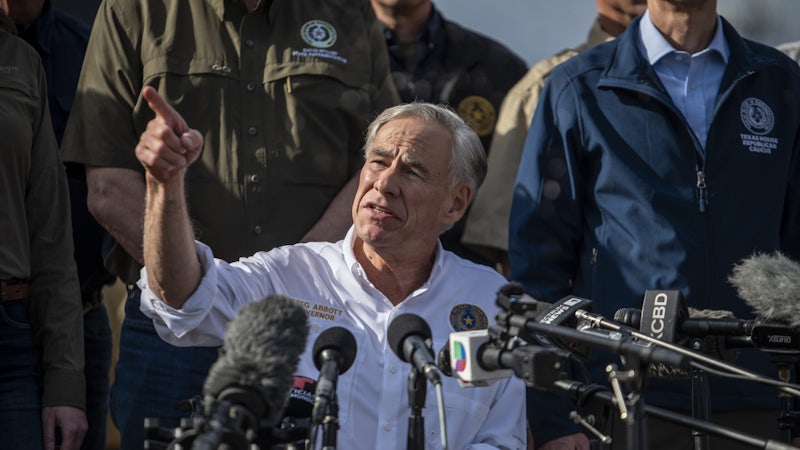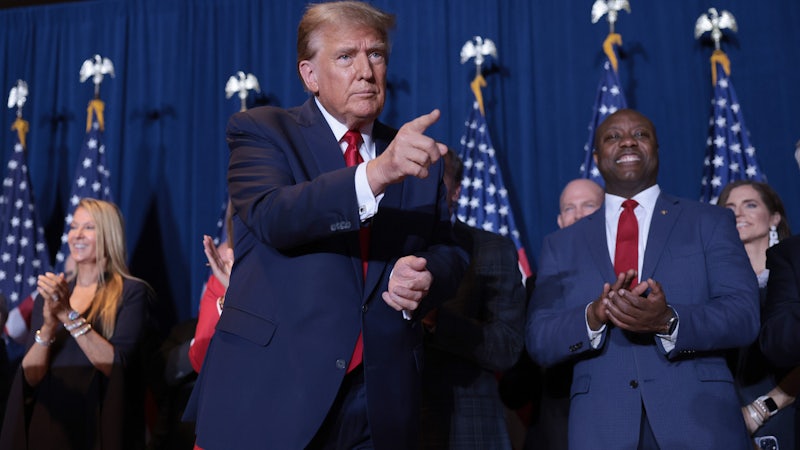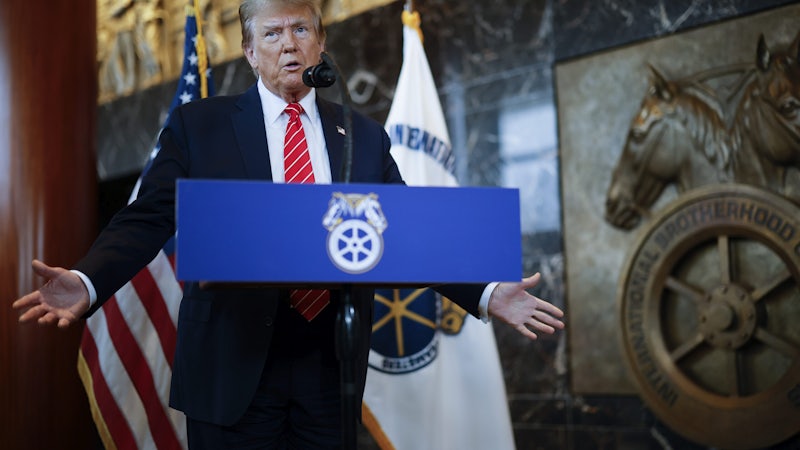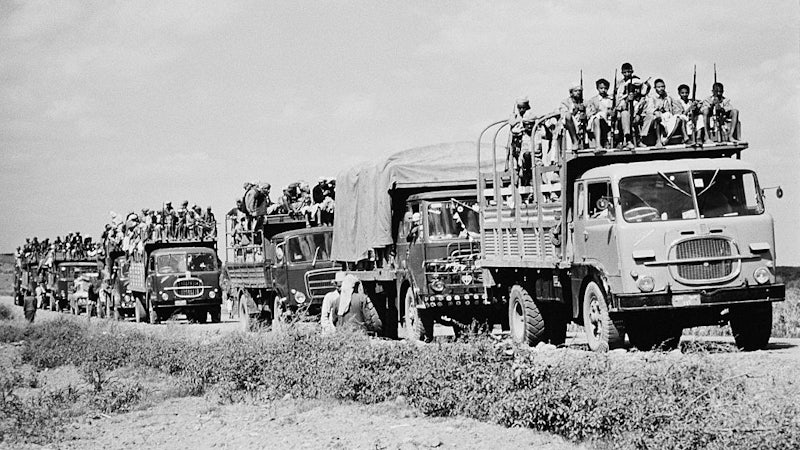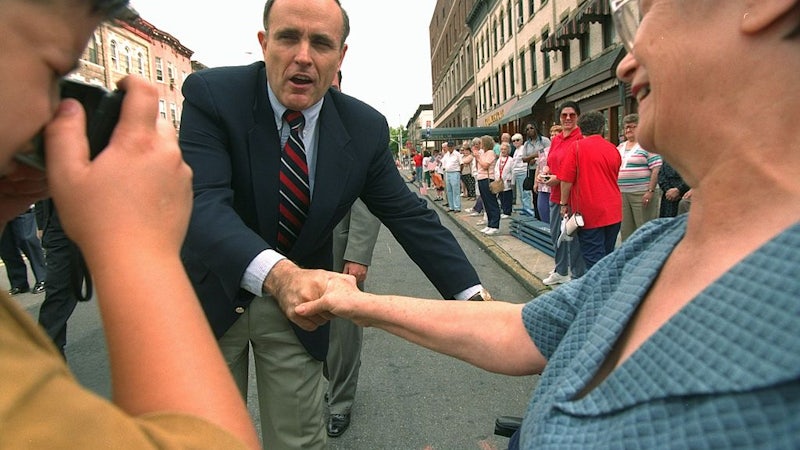By David Kurlander
The number of migrant children on the U.S.-Mexico border has increased in recent weeks to nearly 3,500, highlighting humanitarian concerns at detention facilities and sparking a politicized back-and-forth over whether the situation is a “crisis.” With the escalating situation in mind, Democratic lawmakers requested last week that President Biden include the Citizenship for Essential Workers Act, which would give a pathway to citizenship for 5 million undocumented workers, in his forthcoming second infrastructure package. The Act could be the most comprehensive immigration reform legislation since 1986, when bipartisan legislators somewhat miraculously compromised on a sweeping law amid similarly blustery partisan rancor.
During the 1970s, illegal immigration from Mexico—and resultant deportations—skyrocketed. In 1964, the Immigration and Naturalization Service (INS) apprehended around 44,000 illegal immigrants. By 1977, the number had exceeded one million. The influx was fueled both by socioeconomic conditions in Mexico and by a concession to conservatives that President Johnson had allowed in his 1965 Immigration and Nationality Act that cut legal Mexican immigration quotas in half.
In April 1977, President Carter proposed reform legislation centered around two main tenets. On one hand, Carter advocated amnesty for undocumented workers who had been living in the U.S. for a significant period. On the other, he suggested levying penalties against employers who knowingly hired undocumented people. Carter appointed a Select Commission on Immigration and Refugee Policy chaired by Notre Dame President and human rights advocate Reverend Theodore Hesburgh, who fleshed out and co-signed Carter’s initial suggestions.
President Reagan picked up Carter’s baton when he took office, offering a statement in July 1981 in which he asked Congress to put some version of the Commission’s recommendations into law. “We will work towards a new and realistic immigration policy, a policy that will be fair to our own citizens while it opens the door of opportunity for those who seek a new life in America,” Reagan stated.
A bipartisan group spearheaded by Wyoming Republican Senator Alan Simpson and Kentucky Democratic Congressman Romano Mazzoli moved quickly to craft a bill. Through Reagan’s first term, Congress came tantalizingly close to passing the package, but faced intense push-back from two groups who would be particularly affected by the bill. One lobbying force was California’s massive fruit and vegetable growers, who lobbied to secure special employer exemption rules for the hundreds of thousands of migrant farmers on whom they relied. The other were migrant advocacy organizations, who fought to secure expedited green cards for the aforementioned farmers, a group that made up around 15% of all undocumented workers.
By 1986, reform advocates knew they were running out of time to pass a package. Border apprehensions continued to spike, while conservative groups were increasingly rallying against any forms of amnesty.
Behind the scenes, current Senate Majority Leader Chuck Schumer, then a second-term, 35-year-old congressman, became a major player in the House negotiations. Schumer represented a heavily Jewish and Italian district in Brooklyn—hardly the nexus of illegal immigration—but he took on the role of chief negotiator between Congress, the growers, and farmworker groups. Schumer worked closely with then-California Congressman Leon Panetta, who advocated for the growers, to bang out a compromise that granted both groups most of what they wanted: exemption from employer penalties for the growers and gradual amnesty for migrant farmers.
Dolores C. Huerta, the legendary vice president of the United Farm Workers who had successfully battled for California farm worker bargaining rights in 1975, argued that the Schumer proposal “gives farmers a fighting chance.”
As debate intensified, right-wing vigilantism at the border burst onto the front pages. On July 4th, 1986, as Reagan oversaw a flamboyant centenary celebration of the recently renovated Statue of Liberty, J.R. Hagan, a Tucson-based Vietnam veteran and repo man, led to the border a group armed with AK-47s. The group, part of a larger project called Civilian Materiel Assistance, captured 16 undocumented people, allegedly holding them at gunpoint. “We need immigration reform, we don’t need vigilantes at the border,” Harold Ezell, the western regional commissioner for the Immigration and Naturalization Service, frustratedly told the press.
Back in Washington, the House continued to parse the precise exemptions for the growers and the timeline for migrant farmer green cards (and eventual citizenship). Finally, on October 10th, 1986, the House passed the Bill, 230-166. The Senate agreed the next week.
Border enforcement would be beefed up, undocumented people who had entered the U.S. before 1982 would have a pathway to citizenship, and employers could receive $5000 fines for every undocumented worker hired. Growers and farmers would indeed both receive special treatment, albeit with slightly less deference for the farmers than Schumer had proposed.
President Reagan signed the 1986 Immigration Reform and Control Act in the Roosevelt Room on November 6th. He offered soaring rhetoric about the positive impact the bill would have, particularly for undocumented people. “The legalization provisions in this act will go far to improve the lives of a class of individuals who now must hide in the shadows, without access to many of the benefits of a free and open society,” he told a room of reporters, with many of the legislators who made the bill a reality behind him. “Very soon many of these men and women will be able to step into the sunlight and, ultimately, if they choose, they may become Americans.”
Schumer, much feted for his role as a mediator, preached caution amid the backslapping. ”The bill is a gamble, a riverboat gamble,” he told the press. “There is no guarantee that employer sanctions will work or that amnesty will work. We are headed into uncharted waters.”
Immigration scholars shared Schumer’s skepticism. Jorge Castenada, a Professor of Political Science at the National University of Mexico, wrote a critical op-ed in the New York Times, arguing that providing aid to Mexico amidst its worsening debt crisis would have been more effective and decrying the enforcement elements of the bill. “The act will undoubtedly exacerbate the racist, xenophobic sentiments that are increasingly common in border areas,” he predicted.
By 1989, Schumer and Castenada’s warnings had come to at least partial fruition. Illegal border crossings remained high, while the stipulations on farmer exemptions had led to a bureaucratic morass of competing claims and falsified documents. “The legislation has had some effect but not close to what it should have been,” Schumer told the New York Times that year. He also placed blame at the feet of the Reagan administration, arguing that they hadn’t followed through on supporting the legislation. “So far, the law really has not been given a fair test.”
The last 35 years have seen a number of partial fixes and amendments to the immigration system, but comprehensive immigration legislation has been elusive. Now, with Schumer at the helm in the Senate, the Biden administration takes up the generations-long quest to push Congress toward a new plan for fair reform.
For more on the congressional wrangling that led to the 1986 Immigration Reform and Control Act, read immigration policy expert Charles Kamasaki’s inside account, Immigration Reform: The Corpse That Will Not Die. For a broader examination of the border in the American imagination, pick up Greg Grandin’s 2019 The End of the Myth: From the Frontier to the Border Wall in the Mind of America.
To receive Time Machine articles in your inbox, sign up to receive the CAFE Brief newsletter sent every Friday.
Catch up on the Time Machine’s deep dives into history, which offer context to understand our present challenges, including these recent pieces:
- ‘Carpe Diem’: The Diplomatic Struggle for Ukraine’s Denuclearization
- ‘Beating Up on Each Other’: The Baby Bells and the 2001 Broadband Battle
- ‘Stagnant Stillness’: The Suez Canal, President Sadat, and the Middle East Peace Process












